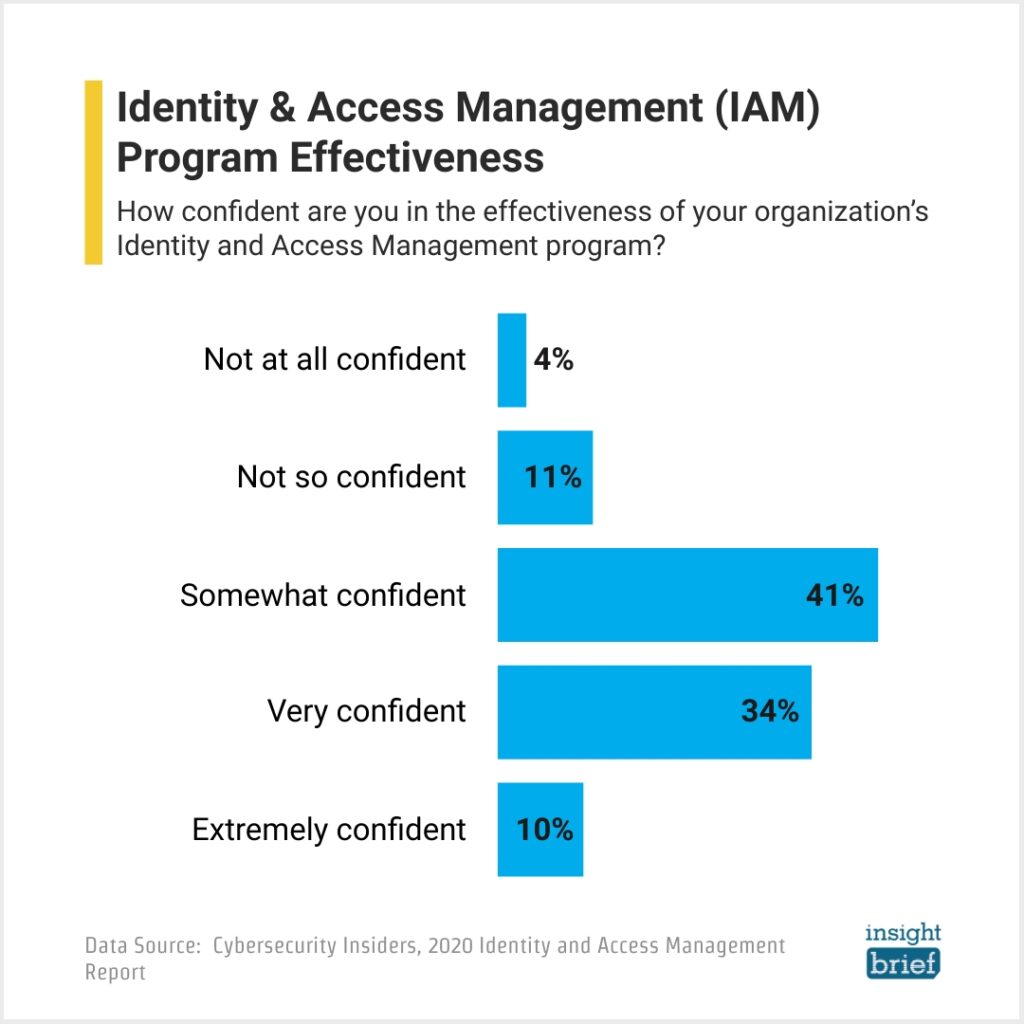
Today, digital transformation (DX) is happening in every industry. Organizations operating in sectors that typically eschew technology are moving to the cloud, leveraging IoT and using analytics. Digital transformation plays a critical role for any company to stay competitive and resilient.
But what does digital transformation look like for most companies, and more importantly, how does cybersecurity fit in? What is the best approach when more networks, apps, data and endpoints need to be secured?
What is Digital Transformation?
Digital transformation holds different meanings for different people. But at its core, digital transformation describes the process of improving or upgrading your business by taking advantage of the latest applications, services and technologies.
When you think about it, digital transformation is nothing new. Remember when organizations shifted from mainframe to PC computing back in the 80s? That was an earlier form of digital transformation.
But today, digital transformation typically leverages third platform technologies like cloud. Third platform technologies also include data analytics, along with other acceleration technologies like IoT and mobile apps. Altogether, this technology is used to transform business operations.
There are three primary goals of digital transformation: agility, flexibility and scalability. Agility to meet customer and market demands, flexibility to accommodate the new and ever-changing demands of the workplace and workforce and scalability to enable your organization to get more done.
First, it’s crucial to understand what is driving digital transformation. It’s also important to note that while the two terms mean different things, in most cases, digital transformation and cloud transformation can be used interchangeably.
All About the Cloud
With cloud technology, the barrier to entry for digital transformation is lowered enough so industries that typically have little to do with technology can reap the benefits of modern solutions. Today, the cloud enables blazing-fast transmission speeds, abundant storage capacity and extensive mobile functionality.
Not surprisingly, these significant advantages are impacting on-premise computing and storage. Now, the time and resources an organization must spend on hardware maintenance and upkeep are reduced dramatically. The financial implications of owning, maintaining and upgrading data center resources are no longer favorable.
For at least a decade, the goal for most IT departments has been to allocate as much budget as possible to innovation instead of maintenance. But “turning the lights off” tasks are typically not feasible, and maintenance still dominates the IT budget.
In 2020, a Deloitte Insights report underscored a harsh reality: the average IT department devoted over 50% of its budget on maintenance and only had 19 percent to allocate for innovation.
Furthermore, updating outdated IT infrastructure is still the primary driver of IT budget increases, with 56% of organizations planning on growing IT spend according to a Spiceworks Ziff Davis State of IT study.
Disaster recovery (DR) is another key driver of cloud adoption. While disaster recovery may be more cost-effective for the enterprise, small to mid-sized businesses are often left behind. But with cloud technology, many vendors and providers are offering solutions like Disaster Recovery as a Service (DRaaS) to address those challenges.
Finally, we can’t discuss digital or cloud transformation without acknowledging the ongoing pandemic. The pandemic’s role in transforming the business landscape is significant — it has almost singlehandedly forced many organizations to embrace advanced technologies. Demand for SaaS applications and modern communication tools to enable team collaboration from anywhere has skyrocketed alongside the work-from-home (WFH) and remote and hybrid workplace.
What Can Digital Transformation Do For My Business?
The benefits of adopting a digital transformation strategy are simple: increase efficiencies, grow profits and streamline
workflows. With digital transformation, you can re-engineer, automate and infuse intelligence across key business functions to reduce costs and speed time-to-market.
You can apply digital transformation to nearly every aspect of your business. Below are five areas where a digital-first approach can provide the most significant impact on your organization.
Customer Experience
Whether it’s through real-time insights, automation and AI or leveraging leading technologies, DX allows you to create experiences that foster employee engagement and consumer loyalty. Through the use of technology, customers can receive the same seamless, relevant and personal experiences.
HR
With DX, Human Resources leaders can focus on what matters most — their employees. Talent management processes can harness AI and automation to create predictive, agile and automated workflows. DX can positively impact everything from hiring and onboarding to retention and leadership development.
Supply Chain
As the business world rethinks traditional ways of working, resilient, agile and sustainable supply chains are critical for future success. DX helps you evolve your supply chain workflows, hyperautomate product decision-making, improve profitability and empower your people.
IT
Spending more on innovation will always be preferable, but without a robust DX strategy, maintenance will predominate IT budgets. With new cost efficiencies and increases in productivity, opportunities for innovation are boundless. Applications can be modernized for improved ROI and cloud-native applications can be built and managed at scale on your platform of choice.
Finance
DX can improve the efficiency of finance processes by creating smart functions with intelligent workflows. Analyzing data can reveal important insights and drive intelligent decisions. With the insight gained, finance can potentially reduce operating costs, drive business value and improve compliance.
So it’s clear that the benefits of modernizing your business are tremendous. But where do you start with digital transformation? As always, it’s good to consider cybersecurity right from the beginning of any significant technology changes for your organization.
Digital Transformation Cybersecurity Challenges
Taking on a digital transformation initiative for any organization is not at all simple, as it necessitates a total rethinking of corporate culture, customer experiences and business processes. If these functions aren’t aligned, the entire business suffers — and cybersecurity risks will increase.







